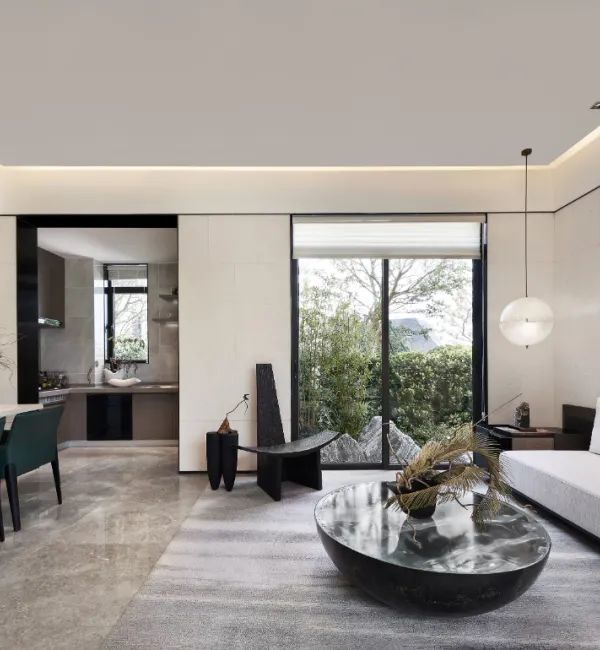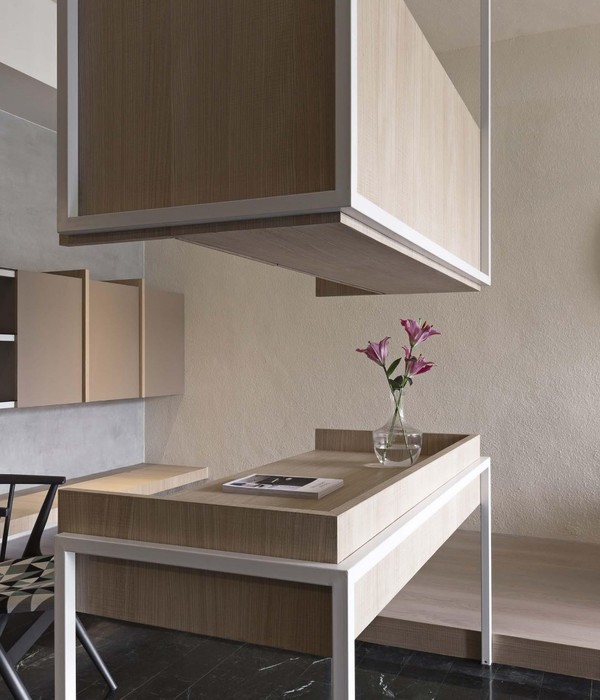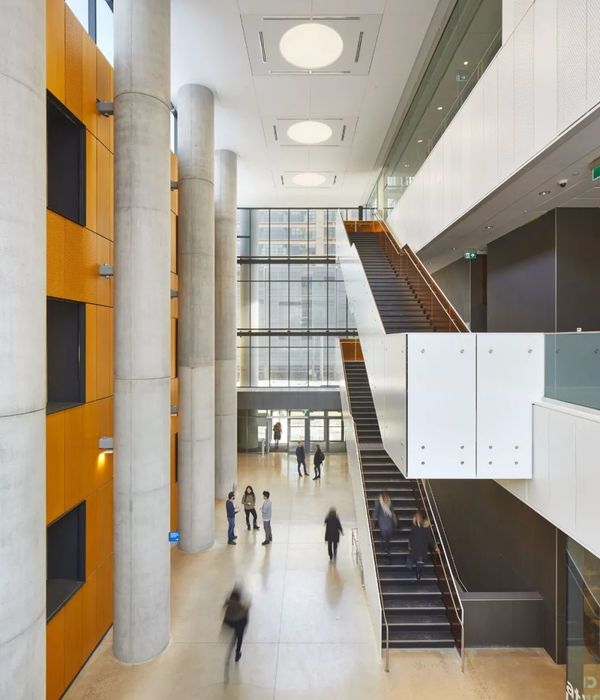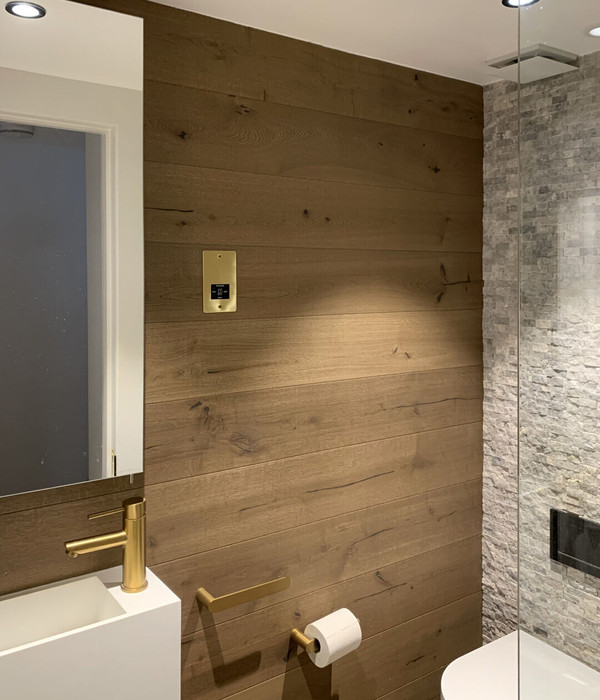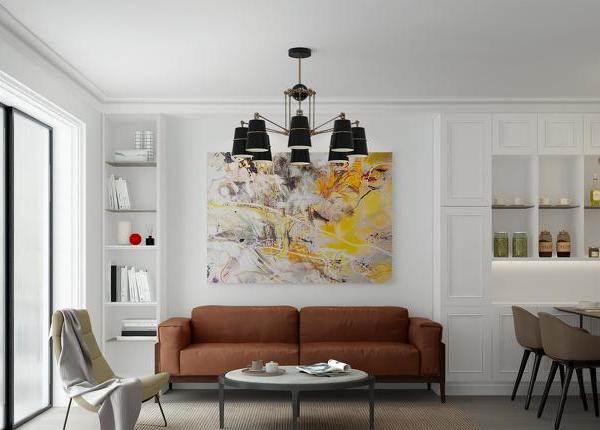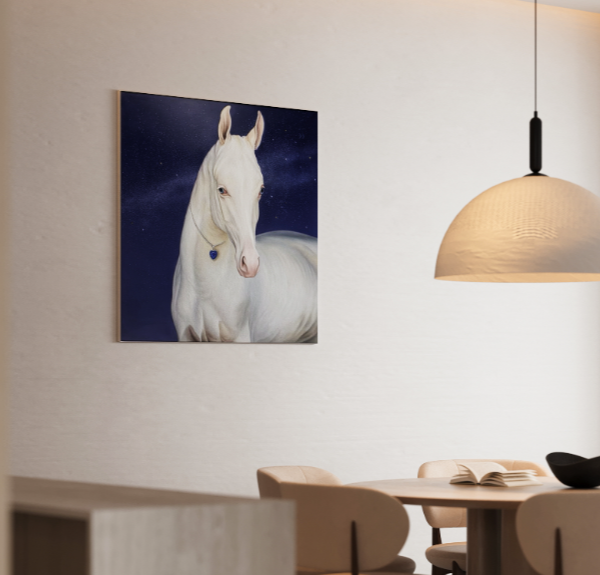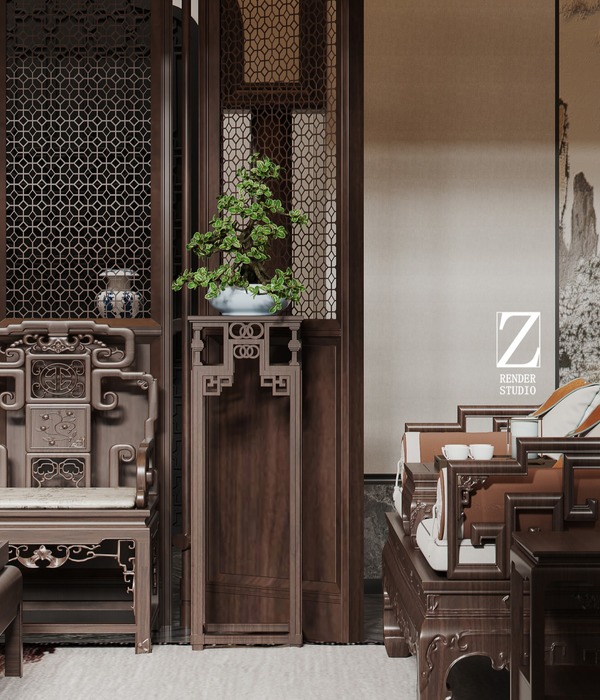This was the client’s second house after their renovated 1930’s house in Clayfield Brisbane had tragically burnt down. They agonized over whether to rebuild or sell and start again. A property came up for sale in Highgate Hill which had the most extraordinary location. Riverfront, high above the water looking through trees to the south with unimpeded northern views. It also had a landscaped easement (un-trafficable) down to the river which visually extended the width of the property.
Initial investigations into whether an existing small post war single storey house could be remodeled was dismissed due to both it’s decrepit state and extensive evidence of asbestos. Almost all of the adjoining ‘Brisbane character’ houses had long been removed but despite this the development approval was held up to ensure the new building followed their ‘character’ guidelines.
The house taps into deeper characteristics of living in the sub-tropics. Blurred boundaries between interior and exterior spaces. Dealing with heat and glare. Achieving privacy amongst other detached dwellings.
Strategies emerged in response to the site and context. One of the coolest places of the Queensland high-set house is under it. The bedrooms occupy the ‘high-set’ component which is articulated to the street with a finely crafted timber screened veranda. This archetypal device is often latticed or covered in timber blinds to provide both privacy and control of glare. Here it forms a patterned façade left to age to grey and repeated as a patterned motive. The landscape is an important part of the Queenslander story.
Through lack of reliable water supply many of these landscapes were left as grass lawns that would brown off in the dry season and remarkably come back to life after rain. At the edge of the house one would find the exotic plants that could be reasonably be hand watered as well as a vegetable patch to offset market supply. Native trees would develop where their territory was not controlled. Here all parts of this story are revealed. A small patch of lawn is part of the foreground to the North with a vegetable patch easily accessed off the kitchen. Beyond the lawn boundary to the North a native garden artificially rises to replicate the distant hills whilst editing out the foreground other homes.
To the South, the landscape recognizes its uniquely particular place in Brisbane. The river is revealed through the an old growth riverbank plantings. An original concrete stair winding down to the river, cut into the bank, is lovingly retained. (once ubiquitous, there are very few of these left in Brisbane) From the North through to the South the landscape seems seamlessly connected. Prescient, managed and wild.
A high concrete wall/fence defines a private edge to both the internal and external terrain as well as establishing a theatrical journey from public to the intimate domain. Constrained by a street that awkwardly falls tightly up to their boundary, a new ‘footpath’ extends from the street corner, heavily planted to conceal the awkwardly parked vehicles, toward a small timber pavilion attached against the high concrete wall. An expressed opening in this wall heightens the transition from outside to inside arriving ‘under the house’ amongst a garden. A pond extends the full width of the garden pushing light onto the timber soffit.
The principal idea for the house was about connecting a captured North courtyard landscape to an expansive Southern landscape that comprised a river and a mature treed bank. Although the tenders came in high the concrete wall which enables the materially to seamlessly flow from inside to outside was universally agreed to not compromise and instead to sacrifice some internal area to bring the building in on budget.
{{item.text_origin}}

